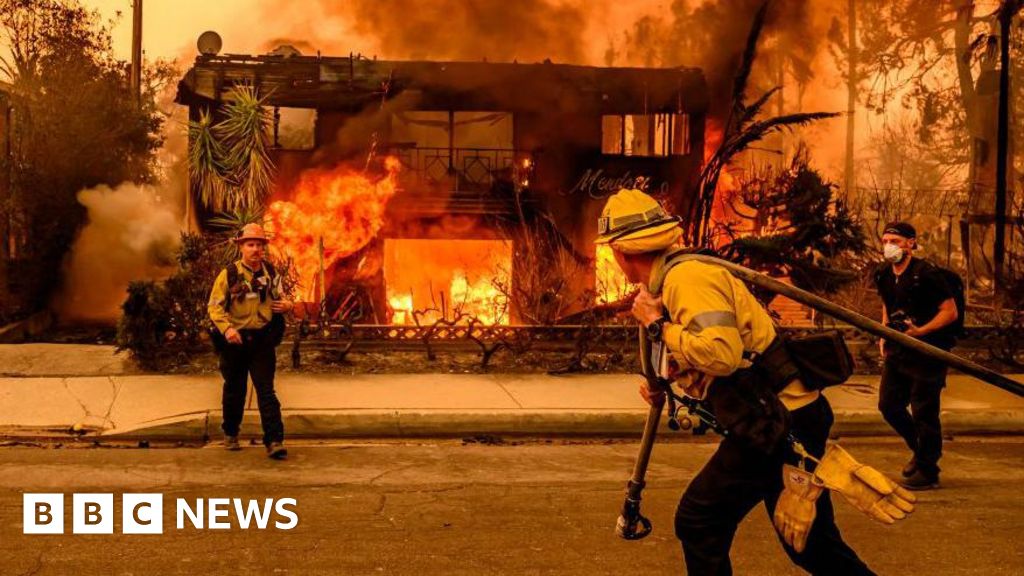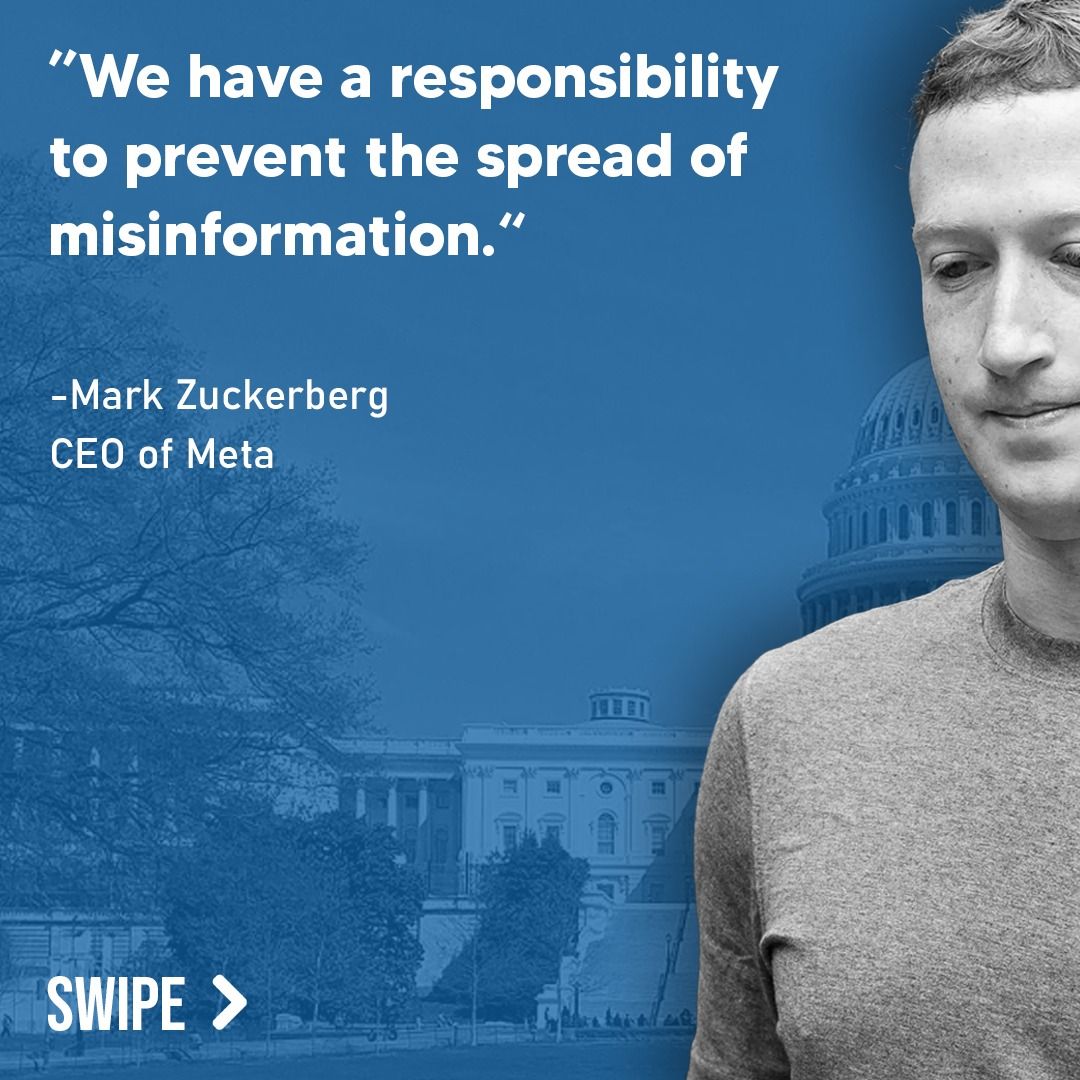“`html

Fact Check Analysis: Are the LA Fires Solely Driven by Climate Change?
Thank you to one of our vigilant DBUNK subscribers for submitting a fact check request for the article titled “LA fires made worse by climate change, say scientists” published on January 28, 2025, by Matt McGrath. Your proactive efforts help us fight misinformation and present the truth clearly and credibly.
Preliminary Fact Check Overview:
The article claims that climate change has increased the likelihood of the devastating LA fires by approximately 35% and explores various contributing factors, such as prolonged drought, Santa Ana winds, and “climate whiplash.” While the report highlights credible scientific links between global warming and fire-prone conditions, critical elements, including natural weather patterns and human-driven factors, are underexplored. This omission may inadvertently skew perceptions toward viewing climate change as the sole driver of the fires.

Detailed Examination of Misinformation, Bias, and Missing Context:
1. Overemphasis on Climate Change Without Acknowledging Human Activity:
While the article correctly points to scientific studies linking climate change to more favorable conditions for wildfires, it does not adequately emphasize the role of human activity beyond carbon emissions. Wildfires are often sparked by human negligence (e.g., campfires, power lines, or arson), as reported by Cal Fire. Neglecting this context might lead readers to erroneously believe that climate change is the only contributing factor.
2. Lack of Clarity on Natural Weather Patterns:
A user-submitted question asks, “How much of this is really climate change, and how much is just natural weather patterns that have always existed?” This is a fair concern, as the article does not thoroughly address the historical precedent of naturally occurring droughts and extreme weather in Southern California. For instance, research from the National Oceanic and Atmospheric Administration (NOAA) indicates that drought and Santa Ana winds are not new phenomena, although they are worsened by the amplification effects of global warming. Excluding this historical context makes it harder for readers to discern the baseline level of risk independent of climate change.
3. Statistical Uncertainty Is Acknowledged Yet Deprioritized:
The study referenced in the article admits to “statistical uncertainty” in linking climate change to longer fire seasons and reduced rainfall patterns. However, the article emphasizes the more dramatic conclusions while underplaying these critical cautions. This moves the narrative toward certainty where nuance exists. It is vital for readers to understand that scientific models involve probabilities, not absolutes, and that some fire-related trends may also stem from non-climate factors.

4. “Climate Whiplash” Theory Simplified Without Supporting Data:
The article briefly mentions the concept of “climate whiplash,” describing cycles of wet and dry weather as a key wildfire driver, but fails to detail how these patterns are verified or quantified in the LA wildfires specifically. Without providing sufficient evidence, such claims remain speculative and may mislead readers seeking more definitive answers.
User Question Addressed: “How Much is Climate Change vs. Natural Patterns?”
To answer this critical question comprehensively, scientists believe both play significant roles in the LA wildfires. Naturally occurring factors, such as dry seasonal winds and droughts, have always existed in the region. However, climate change exacerbates these phenomena by increasing baseline temperatures, intensifying drought severity, and extending fire season durations. For example, the 1.2°C warming since the mid-19th century intensifies pre-existing patterns instead of introducing entirely new ones. In other words, climate change acts more like a “multiplier” rather than the sole perpetrator.
It’s worth stressing that while climate change significantly worsens environmental conditions conducive to fires, human activities remain pivotal in both initiating and managing the fires. For a clearer perspective, both forces should be weighted equally in discussions.

Conclusions and Recommendations:
The article makes credible points about the link between climate change and wildfire risk, supported by methodologies from reputable institutions. However, it omits vital context about natural weather patterns, human fire-starting activities, and the probabilistic uncertainties inherent to climate modeling. To fully understand the multifaceted causes of the LA fires, readers are encouraged to explore a wider range of environmentally focused and scientific sources.
Articles like these raise important issues but must provide balanced and comprehensive perspectives to empower readers with a nuanced understanding of complex events.
Want to Know the Truth? Join the Fight Against Misinformation Today!
If your news feed feels like a battleground of conflicting claims, download the DBUNK app to cut through the noise and find trusted, verifiable information that won’t waste your time. Together, we can combat the scourge of fake news effectively.


